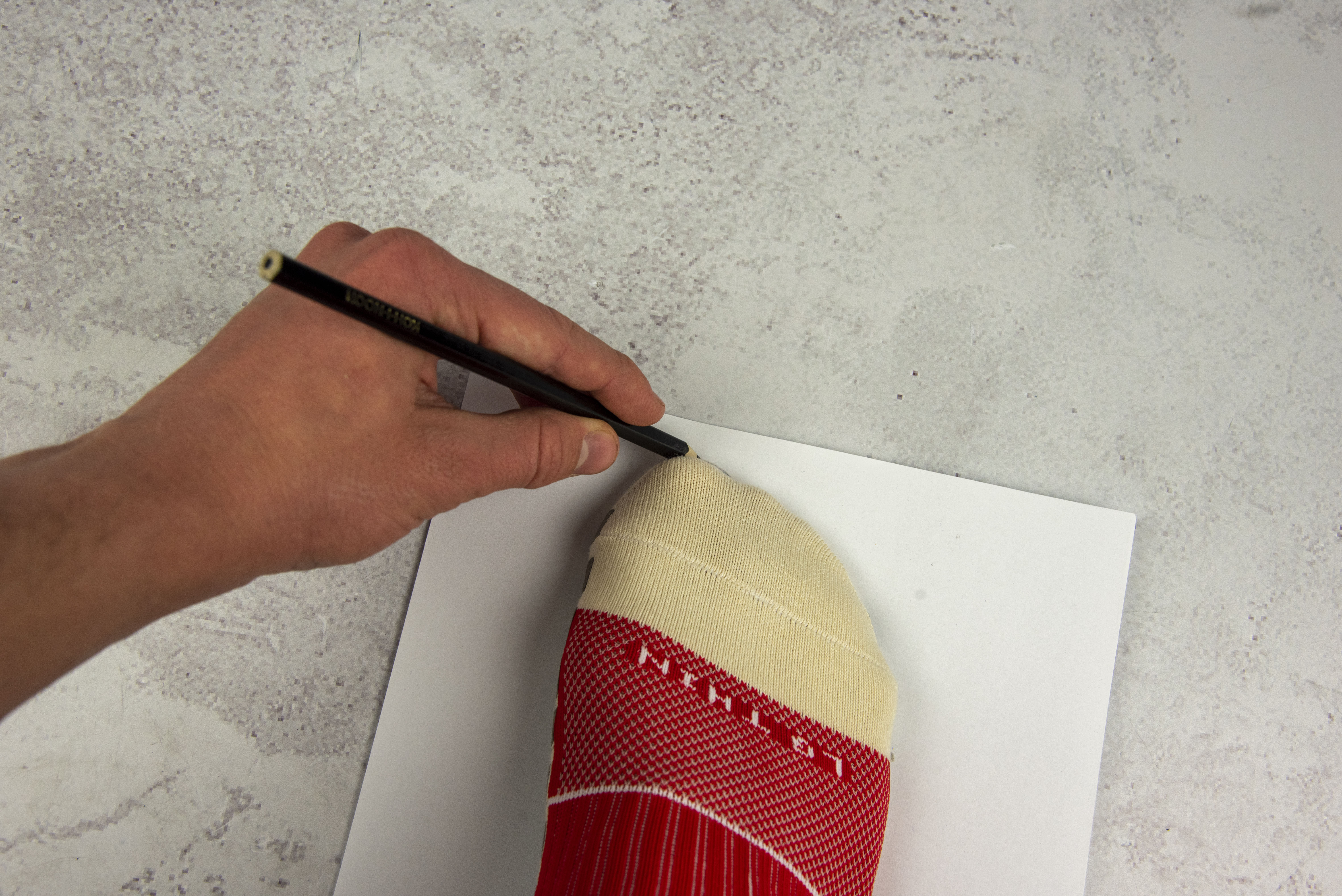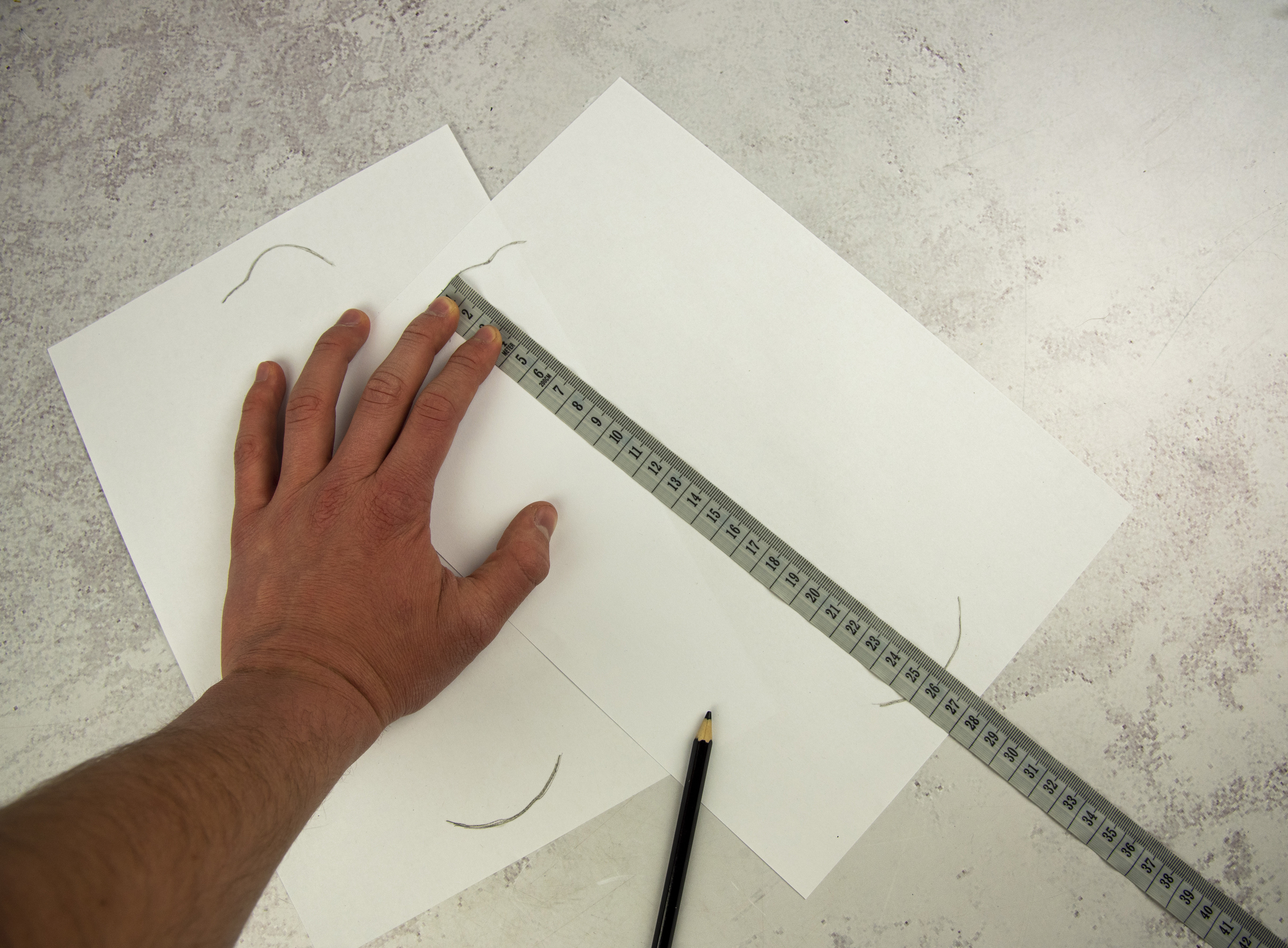Are you wondering, “Should Football Shoes Be Tight?” Choosing the right fit for your football cleats is crucial for both performance and comfort. This guide, brought to you by CAUHOI2025.UK.COM, will delve into the specifics of how football shoes should fit, ensuring you make the best choice for your game. We’ll cover everything from measuring your feet to understanding how different materials affect the fit, so you can step onto the field with confidence and agility.
1. Understanding the Importance of Proper Fit in Football Shoes
The fit of your football shoes directly impacts your agility, comfort, and even your risk of injury. Shoes that are too loose can cause blisters and instability, while shoes that are too tight can restrict movement and cause discomfort. Finding the right balance is essential.
1.1. Impact on Performance
Properly fitted football shoes enhance your performance by providing:
- Enhanced Agility: A snug fit allows for quick cuts and turns without slippage.
- Better Ball Control: Closer contact with the ball improves your touch and precision.
- Increased Power Transfer: Efficient energy transfer from your foot to the ground maximizes speed and acceleration.
1.2. Preventing Injuries
Ill-fitting shoes can lead to various foot problems:
- Blisters and Calluses: Excessive movement inside the shoe can cause friction and skin irritation.
- Ankle Instability: Loose shoes increase the risk of ankle sprains due to lack of support.
- Plantar Fasciitis: Tight shoes can strain the plantar fascia, leading to heel pain.
2. Measuring Your Feet Accurately for Football Shoes
To ensure a proper fit, accurate foot measurement is crucial. Follow these steps for the best results.
2.1. When to Measure
Measure your feet in the afternoon or evening. Feet tend to swell throughout the day, so measuring later ensures you account for this natural expansion.
2.2. What You’ll Need
- A piece of paper larger than your foot
- A pencil or pen
- A ruler or measuring tape
- Socks you typically wear for football
2.3. Step-by-Step Measurement Guide
-
Prepare Your Paper: Place the paper on a hard, flat surface.
-
Wear Your Socks: Put on the socks you usually wear when playing football. This ensures accurate sizing.
-
Trace Your Foot: Stand with your foot firmly on the paper. Have someone trace around your foot, holding the pencil vertically.
 Foot tracing
Foot tracing -
Measure the Length: Use a ruler or measuring tape to measure the distance from the heel to the tip of your longest toe in centimeters or inches.
 Foot length measurement
Foot length measurement -
Measure Both Feet: Repeat the process for your other foot. It’s common for feet to be slightly different sizes. Use the measurement of the larger foot.
 Second foot measurement
Second foot measurement
2.4 Consider Foot Width
Don’t forget to measure the width of your foot at the widest point. This measurement helps determine if you need a wide-fit shoe.
3. How Tight Should Football Shoes Be? Balancing Comfort and Performance
Football shoes should fit snugly but not be overly tight. The goal is to have a secure fit that allows for natural foot movement without any pinching or discomfort.
3.1. The Ideal Fit
- Snug Heel: Your heel should fit securely in the heel cup with minimal slippage.
- Secure Midfoot: The midfoot should be snug but not constricted, providing support and stability.
- Slight Toe Room: There should be a small gap (about 4-8 millimeters) between your longest toe and the end of the shoe. This allows for natural foot movement during activity.
3.2. Factors Affecting Tightness
- Material: Leather shoes tend to stretch over time, so they can be initially tighter. Synthetic materials generally don’t stretch as much.
- Position: Some players prefer a tighter fit for more precise ball control, while others prefer a slightly looser fit for comfort.
- Personal Preference: Ultimately, the right fit comes down to what feels most comfortable and supportive for you.
4. Understanding Shoe Size Charts and Conversions
Shoe sizes can vary between brands, so it’s crucial to consult the size chart specific to the brand you’re considering.
4.1. Using UK-US-CM Tables
Many retailers provide UK-US-CM tables that convert shoe sizes between different systems. Use your foot measurement in centimeters to find the corresponding UK or US size.
4.2. Brand-Specific Size Guides
Refer to the size guide on the manufacturer’s website. Brands like Nike, Adidas, and Puma often have unique sizing conventions.
5. Choosing the Right Type of Football Shoes for Your Foot Type
Different foot types require different shoe features to ensure the best fit and support.
5.1. Wide Feet
If you have wide feet, look for shoes designed with a wider toe box and midfoot. Models like the Nike Phantom GX, Puma Future, and Adidas Copa Mundial are often recommended for wider feet.
Recommended Shoes for Wide Feet
| Shoe Model | Brand | Key Features |
|---|---|---|
| Nike Phantom GX | Nike | Wider toe box, adaptive fit |
| Puma Future | Puma | Stretchy upper material, accommodates wider feet |
| Adidas Copa Mundial | Adidas | Leather upper, molds to the shape of the foot over time |
| Nike Tiempo | Nike | Known for its comfortable fit and accommodating leather upper |
| Adidas Predator Accuracy | Adidas | Designed for control and precision, often fits wider feet comfortably |
| Mizuno Morelia | Mizuno | High-quality leather that conforms to the foot |
| New Balance Furon V7 | New Balance | Designed for speed with a focus on fit, often suitable for slightly wider feet |
5.2. Narrow Feet
For narrow feet, choose shoes with a snug fit that won’t allow your foot to slide around. Look for models with adjustable laces or straps for a more secure fit.
5.3. High Arches
If you have high arches, opt for shoes with ample arch support to prevent strain and discomfort.
5.4. Flat Feet
Flat feet require shoes with good stability and motion control to prevent overpronation.
6. Material Matters: How Different Materials Affect Fit
The material of your football shoes can significantly impact how they fit and feel.
6.1. Leather Shoes
Leather shoes, especially those made from kangaroo leather, are known for their ability to stretch and mold to the shape of your foot. They offer a comfortable, customized fit over time.
Pros of Leather Shoes
- Excellent Fit: Molds to the foot for a personalized fit
- Durability: High-quality leather can withstand wear and tear
- Comfort: Breathable and flexible, reducing the risk of blisters
Cons of Leather Shoes
- Maintenance: Requires regular cleaning and conditioning
- Price: Generally more expensive than synthetic options
6.2. Synthetic Shoes
Synthetic materials are more durable and require less maintenance than leather. They typically don’t stretch as much, so it’s essential to get the right size from the start.
Pros of Synthetic Shoes
- Durability: Resistant to wear and tear
- Low Maintenance: Easy to clean and care for
- Water Resistance: Less likely to absorb water compared to leather
Cons of Synthetic Shoes
- Limited Stretch: May not mold to the foot as well as leather
- Breathability: Can be less breathable, leading to sweaty feet
7. Laces vs. Laceless: Impact on Fit and Performance
The choice between laced and laceless football shoes can also affect the fit and feel.
7.1. Laced Shoes
Laced shoes offer a customizable fit, allowing you to tighten or loosen the laces to your preference. This adjustability is beneficial for players with varying foot shapes.
Pros of Laced Shoes
- Customizable Fit: Adjustable laces for a secure fit
- Versatility: Suitable for a wide range of foot shapes
Cons of Laced Shoes
- Laces Can Loosen: May require re-tying during play
7.2. Laceless Shoes
Laceless shoes provide a snug, sock-like fit. They are designed to be tight-fitting, offering a streamlined feel and enhanced ball control.
Pros of Laceless Shoes
- Streamlined Feel: Close contact with the ball for better control
- Convenience: No laces to tie or loosen
Cons of Laceless Shoes
- Limited Adjustability: Less customizable fit compared to laced shoes
- Fit Sensitivity: Must fit perfectly from the start
8. Socks: An Essential Part of the Fitting Process
The socks you wear with your football shoes can significantly impact the fit and comfort.
8.1. Choosing the Right Socks
Opt for thin, moisture-wicking socks designed for athletic performance. Avoid thick socks, as they can make your shoes feel too tight.
8.2. Trying Shoes with Socks
Always try on new football shoes with the socks you intend to wear during play. This ensures an accurate fit.
9. On-Field Testing: The Final Step
The ultimate test of your football shoes is how they perform on the field.
9.1. Trying Before Committing
If possible, try on your new shoes during a practice session or scrimmage before committing to them.
9.2. Checking for Hot Spots
Pay attention to any areas where you feel rubbing or pressure. These “hot spots” can lead to blisters.
9.3. Adjusting as Needed
Don’t hesitate to make adjustments to the laces or insoles to improve the fit and comfort.
10. What to Do If Your Football Shoes Don’t Fit
Even with careful measurement and fitting, you may find that your new football shoes don’t fit perfectly.
10.1. Return and Exchange
Most retailers have a return policy that allows you to exchange or return shoes that don’t fit. Make sure to keep the original packaging and receipt.
10.2. Professional Fitting
Consider visiting a specialty sports store for a professional fitting. Experts can assess your foot type and recommend the best shoes for your needs.
FAQ: Finding the Perfect Fit for Football Shoes
1. How much space should I leave in front of the toes in a football boot?
Ideally, leave about 4-8 millimeters of space in front of your toes. This allows for some natural movement without compromising the snug fit needed for performance.
2. Will football boots stretch?
Leather boots, especially those made from kangaroo leather, will stretch and mold to the shape of your foot over time. Synthetic boots generally do not stretch much.
3. What if I have wide feet?
Choose football boots designed for wider feet, such as Nike Phantom GX, Puma Future, or Adidas Copa Mundial.
4. What should I do if my football boots don’t fit me?
If your boots don’t fit, return them for a different size or model, especially if they are made of synthetic materials. Leather boots may stretch, so give them some time to adapt to your feet.
5. How do I choose football boots for kids?
Measure your child’s feet accurately and choose boots that fit well now. Avoid buying boots that are too big, as this can affect their performance and increase the risk of injury.
6. Are football boots with or without laces better?
It depends on personal preference. Laced boots offer a customizable fit, while laceless boots provide a streamlined feel and convenience.
7. What if my football boots feel too tight on the sides?
Don’t compensate by choosing a bigger size. Instead, look for wider models that accommodate your foot width without compromising length.
8. Can I use insoles to improve the fit of my football boots?
Yes, insoles can provide additional arch support, cushioning, and stability, improving the overall fit and comfort of your boots.
9. How often should I replace my football boots?
Replace your boots when they show signs of wear and tear, such as worn soles, tears in the upper material, or loss of support.
10. Where can I find reliable size charts for football boots?
Check the manufacturer’s website or reputable sports retailers for accurate and brand-specific size charts.
Conclusion: Step onto the Field with Confidence
Choosing the right fit for your football shoes is a crucial investment in your performance and comfort. By following these guidelines and understanding your foot type, you can find the perfect pair that allows you to perform at your best. Remember, a well-fitted shoe not only enhances your game but also helps prevent injuries.
Ready to find your perfect fit? Visit CauHoi2025.UK.COM for more expert advice, product reviews, and personalized recommendations. Our team is dedicated to helping you make informed decisions so you can step onto the field with confidence and agility. Have more questions? Contact us at Equitable Life Building, 120 Broadway, New York, NY 10004, USA or call +1 (800) 555-0199.

